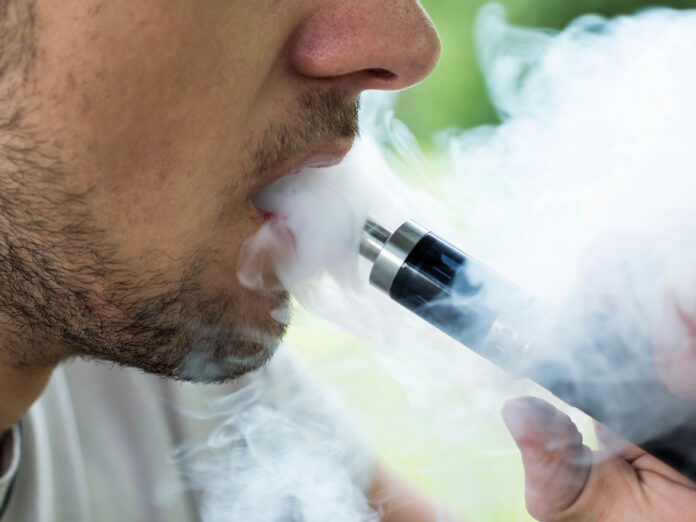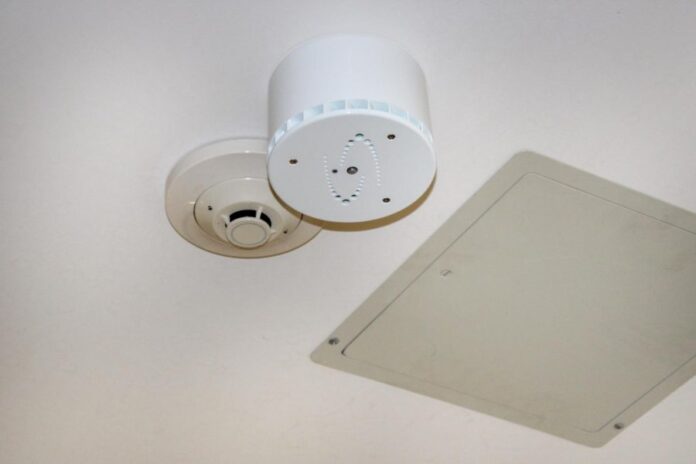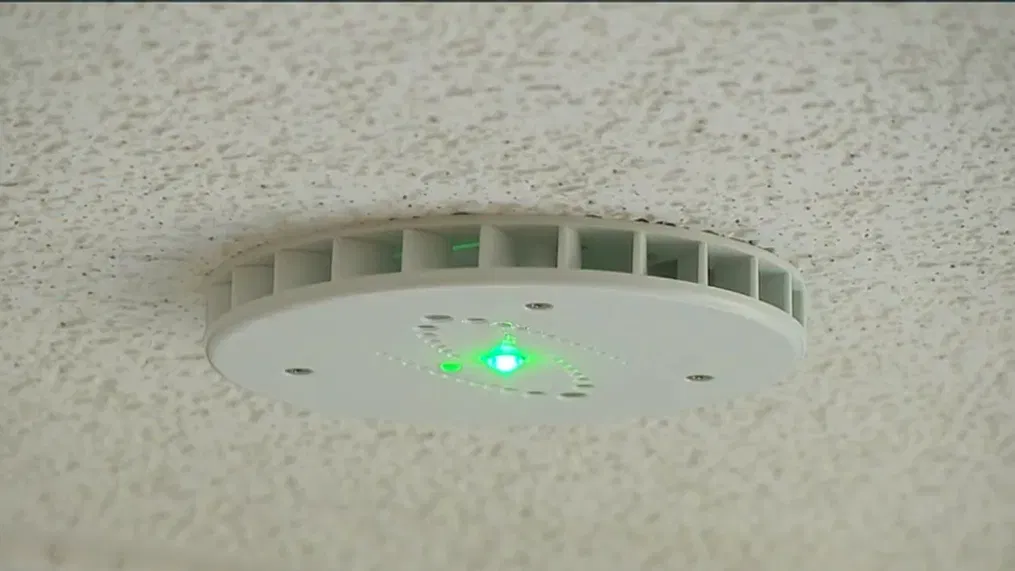We live in an era where technology finds its way into every facet of life – from smart homes to smartphones, and now, the newest innovation aimed at ensuring student health and safety – vape detectors. Born out of the urgent need to curb the growing trend of vaping among teens, these detectors are being introduced in schools to monitor and discourage the use of electronic cigarettes. This fascinating merger of public health and advanced technology not only reflects the changing dynamics of substance use but also underscores the resilience and adaptability of our education system in the face of new challenges.
However, while such technology is increasingly becoming integral to school administration, it is crucial to understand that a vape detector is not just about controlling student behavior. They are about creating a safe, healthy environment that prioritizes student wellness, which in turn fosters better learning outcomes. Vape detectors provide an unobtrusive, effective solution to the rising vaping epidemic, upholding the health-focused values that schools should embody.
The Rise of Vaping Among Students: A Growing Concern

The surge in vaping among students is alarming. According to the Centers for Disease Control and Prevention (CDC), about 20% of high school students reported using e-cigarettes in 2020. The rise of these sleek, pocket-sized devices has been propelled by aggressive marketing campaigns, featuring enticing flavors and stealth designs that appeal to the young demographic.
Vaping, for some adolescents, becomes an act of rebellion or a symbol of social status, while for others, it’s the product of peer pressure. The problem is compounded by the misconception that e-cigarettes are a ‘safe’ alternative to traditional smoking. However, they carry significant health risks, which are often underestimated or unknown to students.
Addressing this issue requires a multi-faceted approach. Alongside comprehensive education about the dangers of vaping, there’s a dire need for proactive measures like vape detectors. These devices have the potential to dissuade students from vaping, helping reduce the risk and prevalence of e-cigarette use on school premises.
Understanding the Health Risks
One of the most significant challenges in combating vaping among students is breaking through the myth that it’s safe. E-cigarettes deliver nicotine, a highly addictive substance, through an aerosol that users inhale. This aerosol isn’t just harmless water vapor; it contains harmful substances like heavy metals, volatile organic compounds, and cancer-causing agents.
In teenagers, nicotine can disrupt brain development, leading to potential cognitive impairment and behavioral issues. Additionally, e-cigarettes can cause lung injury, heart problems, and a variety of other health risks. The most disturbing aspect is that these potential dangers are being downplayed or overlooked due to misinformation and lack of awareness.
Implementing vape detectors is more than a disciplinary action; it’s an acknowledgment of these severe health risks. Schools deploying these devices are essentially advocating for student health, highlighting the importance of creating a vape-free environment that enables learners to thrive.
The Need for Vape Detectors: Protecting Student Health and Safety

Vape detectors are a strategic response to the vaping crisis in schools. The alarming prevalence of vaping has prompted schools to incorporate these detectors into their safety protocols, supplementing their efforts to ensure a healthy, conducive learning environment. These devices, equipped with state-of-the-art sensor technology, can detect and alert staff to vaping incidents, making them a vital tool in the fight against adolescent e-cigarette use.
The objective isn’t about punitive actions but deterrence and awareness. By installing these detectors, schools can potentially dissuade students from vaping, reducing their exposure to the associated health risks. It’s about nurturing a culture of health consciousness, respect for school rules, and consideration for fellow students.
More importantly, vape detectors also play a crucial role in early detection. For those students who may be struggling with nicotine addiction, these devices can help identify and offer the necessary support to overcome their issues. Schools have the opportunity to intervene early, opening doors to counseling and support mechanisms to assist students in need.
How Vape Detectors Work: Detection Technologies and Features

Vape detectors leverage advanced technology to detect aerosols, THC compounds, and sound changes in the environment. When they sense e-cigarette vapor or changes in ambient sound indicating vaping activity, these devices send real-time alerts to school administrators. This swift response system allows schools to address the situation promptly, aiding in immediate intervention.
Unlike traditional smoke detectors, vape detectors are designed to identify specific chemical signatures associated with vaping devices. They can distinguish between vape aerosols and other aerosols, minimizing the chances of false alarms. Some advanced models also feature tamper alarms, ensuring the system’s efficiency and effectiveness.
Though their implementation may raise privacy concerns, it’s essential to note that vape detectors do not record audio or video. They strictly monitor environmental changes, thus maintaining student privacy. The balance between safety and privacy reflects the conscientious approach schools are taking toward adopting this technology.
Implementing Vape Detection Systems in Schools: Challenges and Benefits

Installing vape detectors in schools is not without its challenges. Budgetary constraints, implementation logistics, and concerns about student privacy can complicate the process. However, the potential benefits in the context of student health and safety make a compelling case for their use.
By alerting staff to vaping incidents, schools can intervene swiftly, ensuring student accountability while also offering assistance to those who may need help overcoming nicotine addiction. This proactive approach can lead to a significant reduction in on-campus vaping incidents, fostering a healthier school environment.
Moreover, vape detectors can serve as a powerful deterrent. Their presence alone can discourage students from vaping on school premises, leading to a decrease in exposure to harmful substances. As a result, schools can provide a safer and healthier learning environment, aligning with their commitment to student wellbeing.
Conclusion
It is clear that vape detectors are a powerful tool for schools, offering an effective way to keep students safe and healthy. With their easy-to-use technology and quick response time, vape detectors offer an important layer of protection in any school environment. And as more schools invest in these devices, the amount of vaping being done on campus will decrease dramatically, leading to healthier air quality and a safer learning environment for all students.









